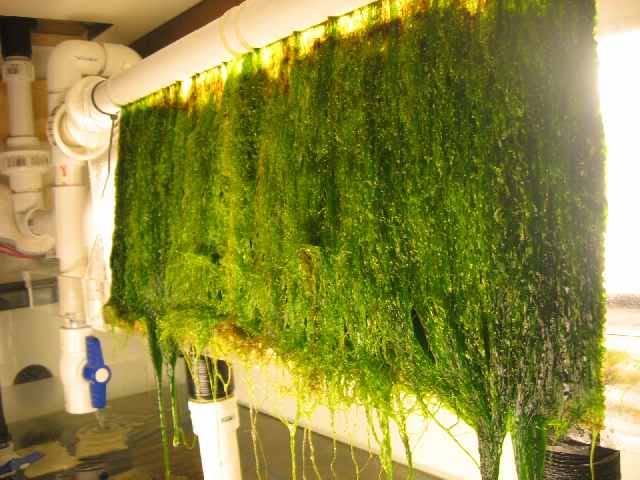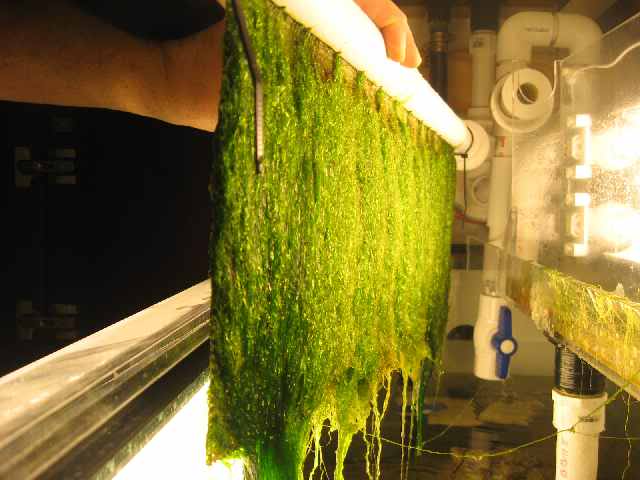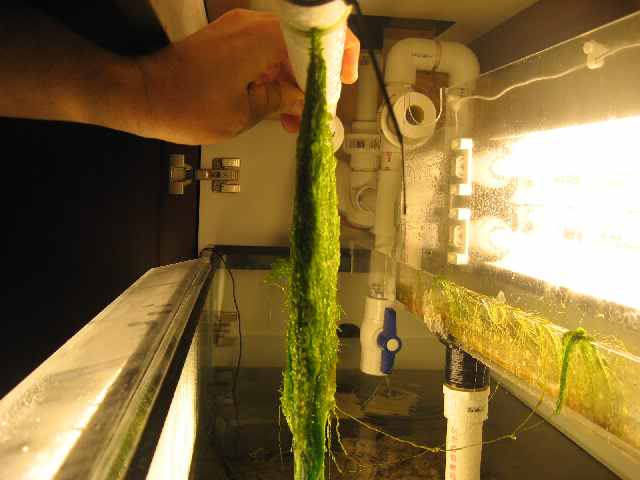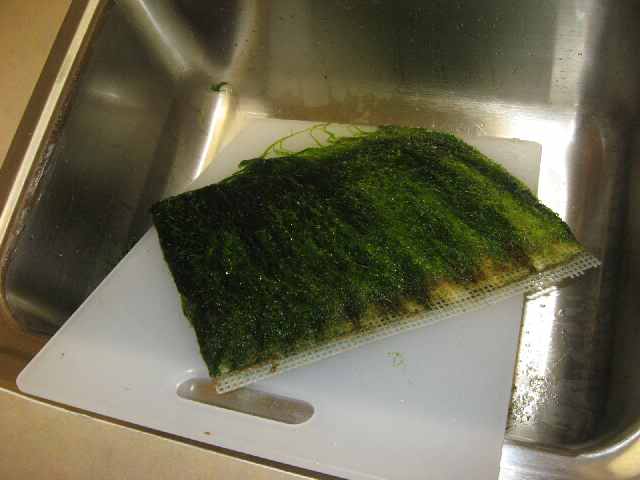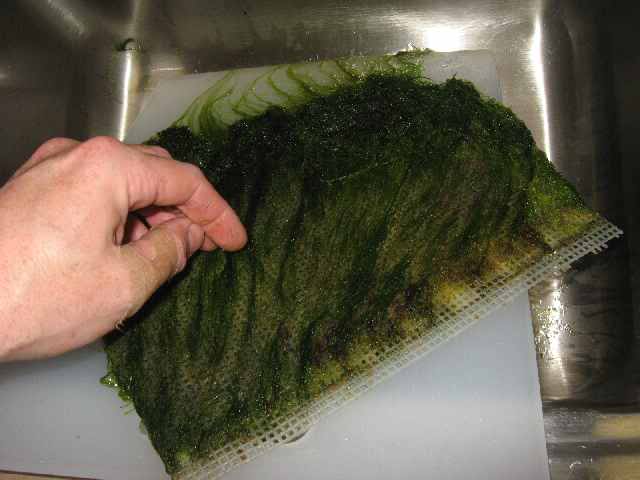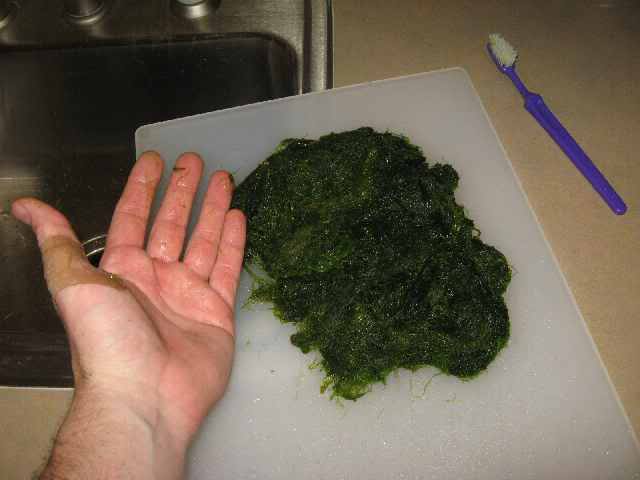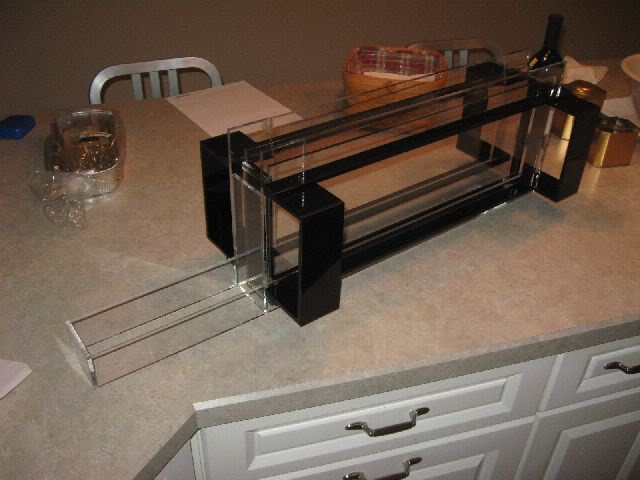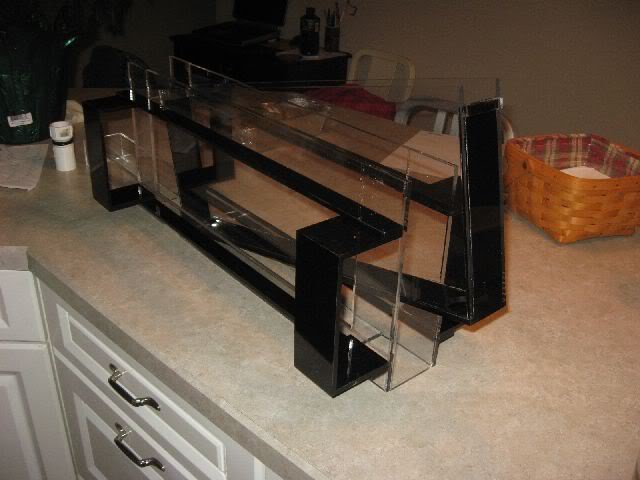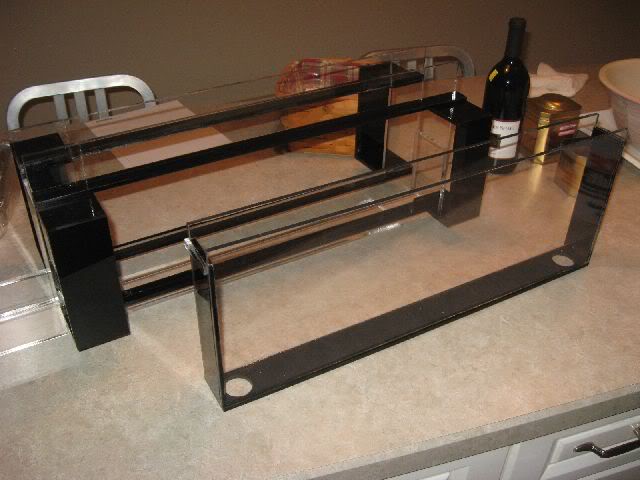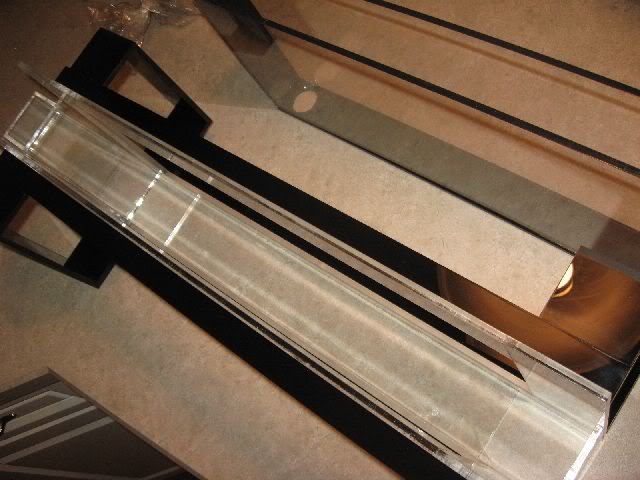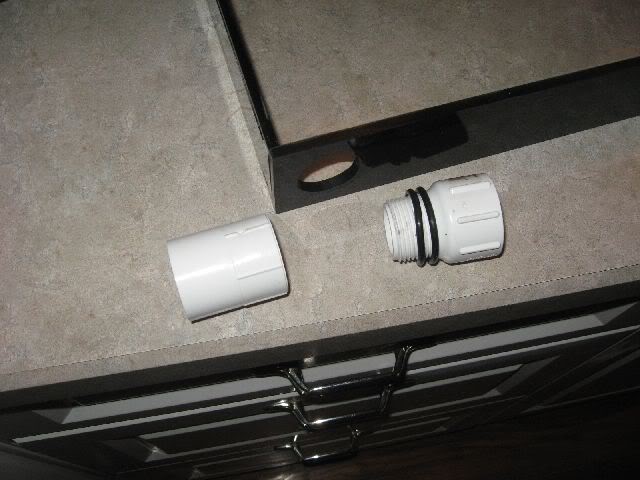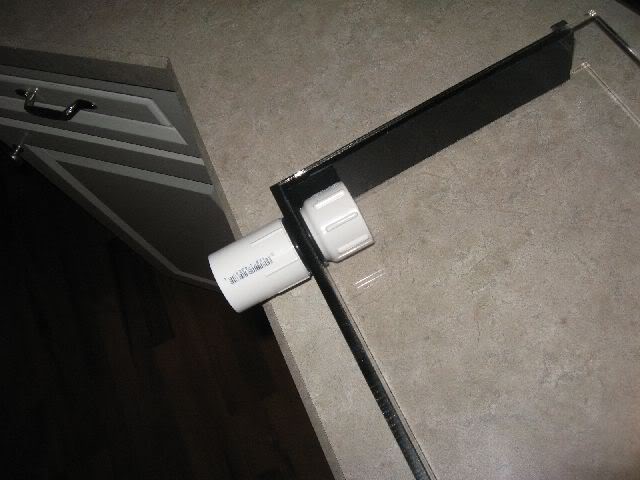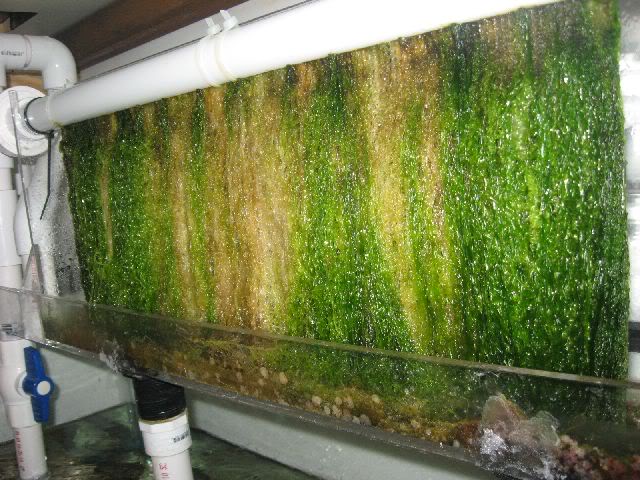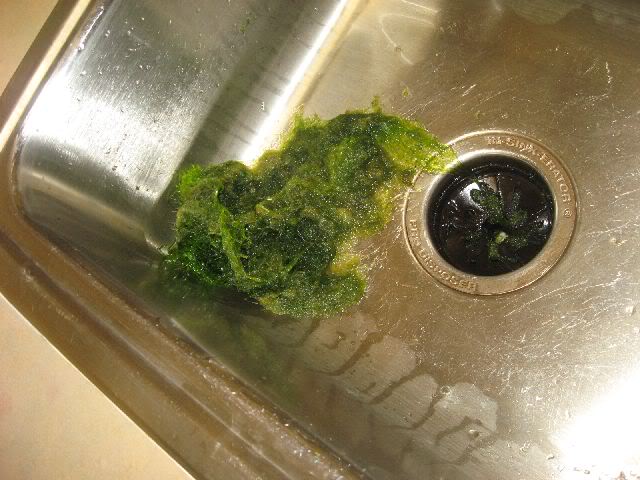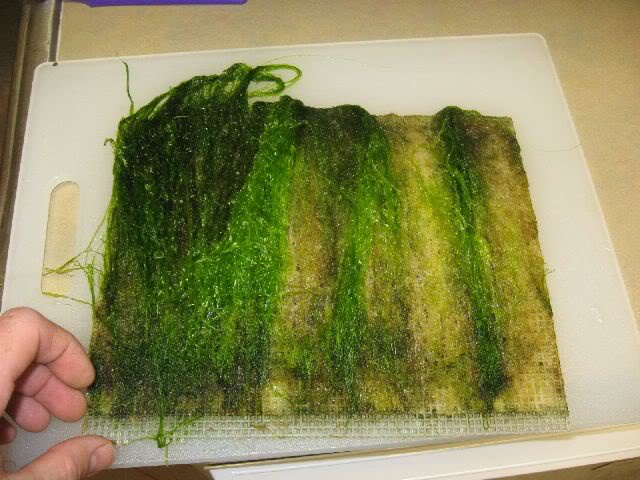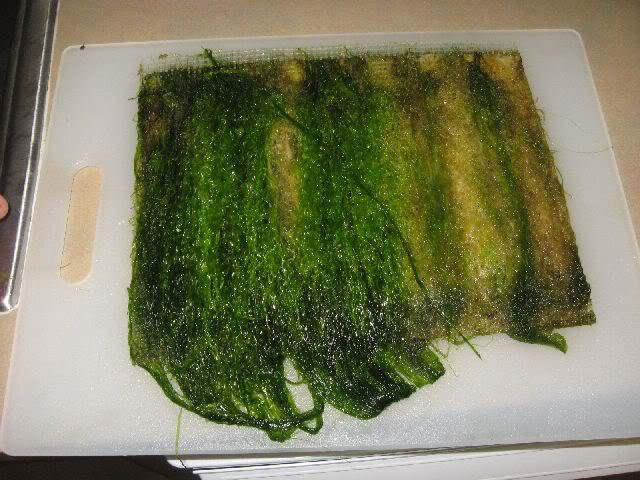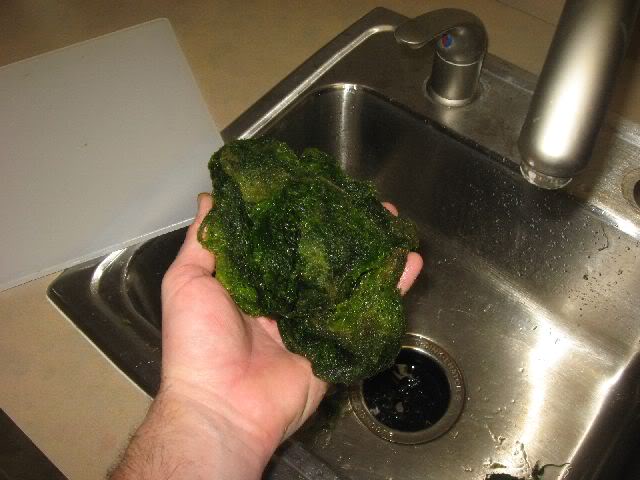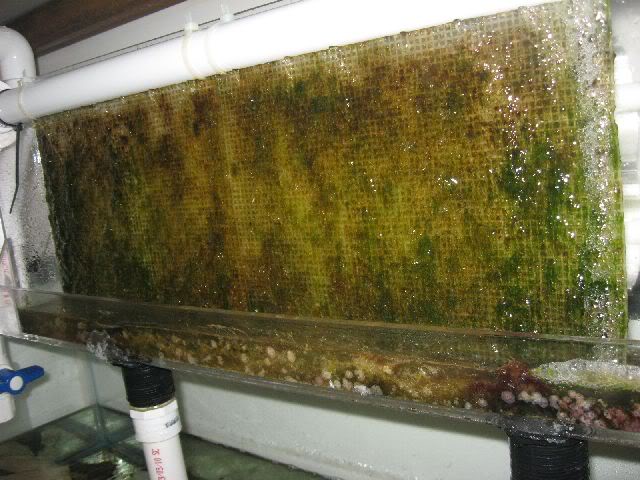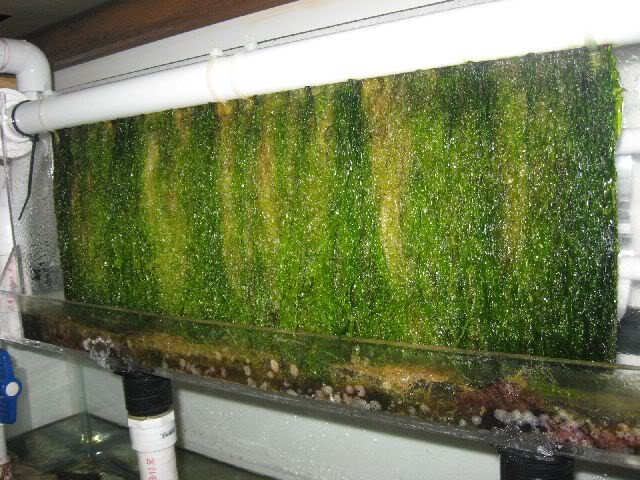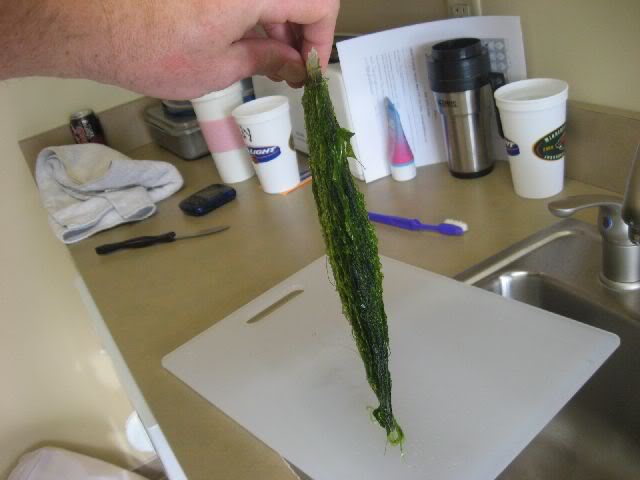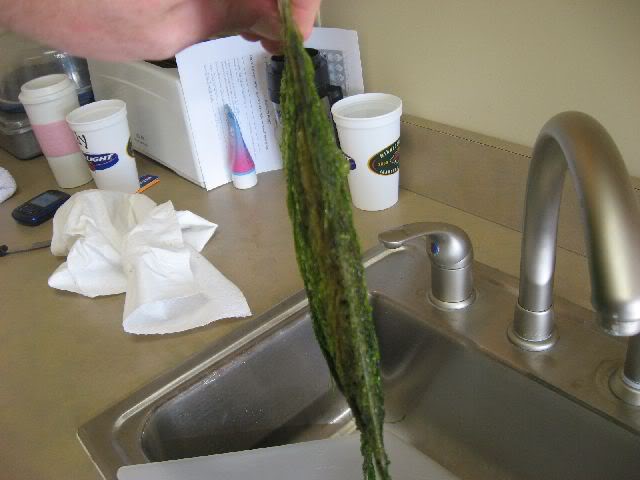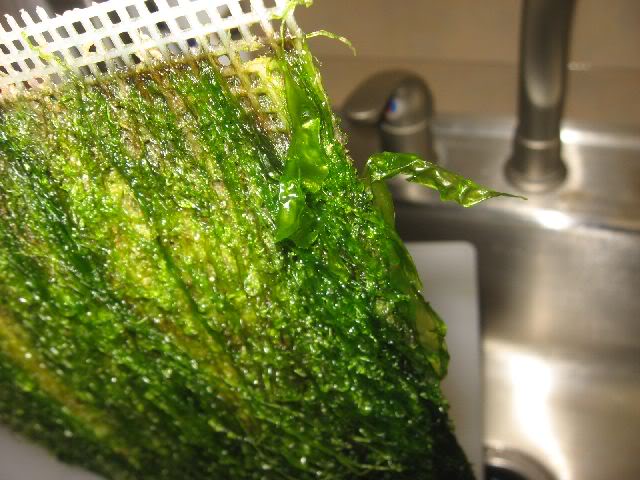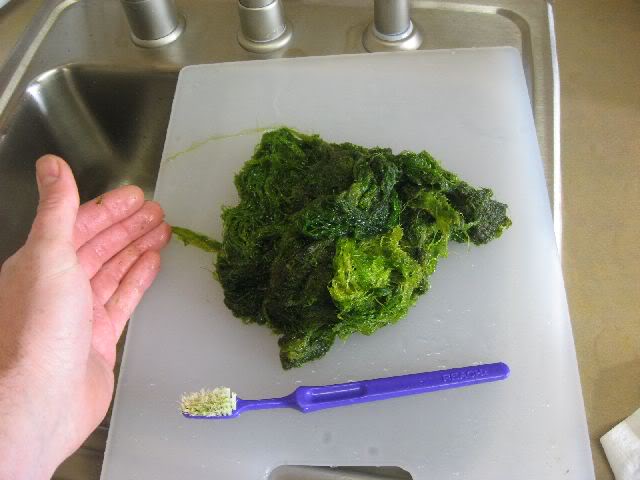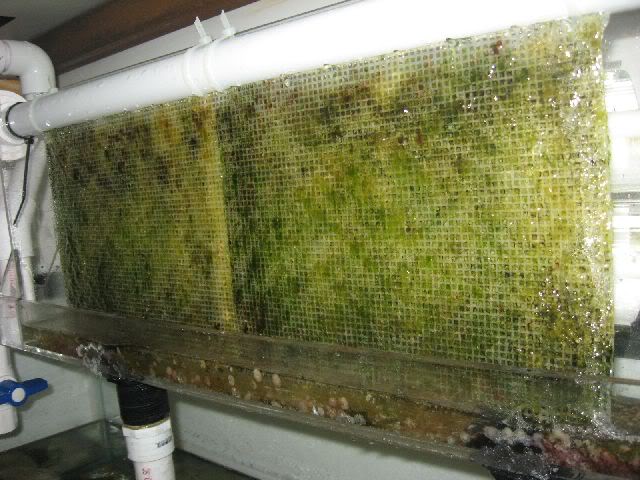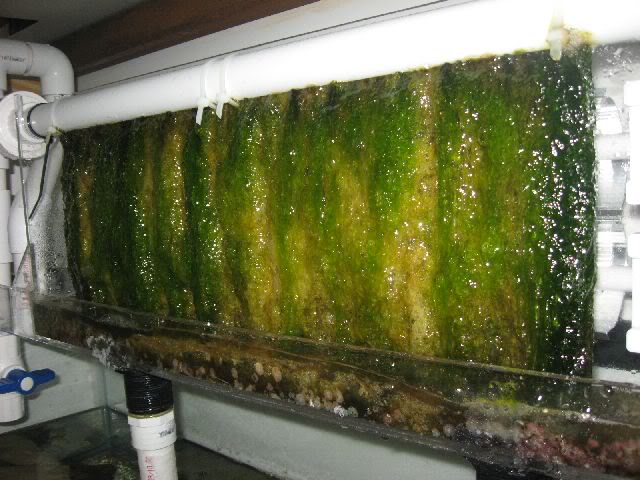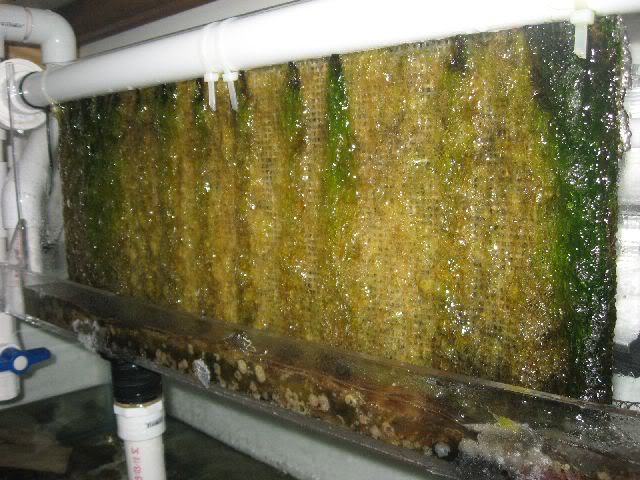Floyd R Turbo
Aquarium Advice Addict
This reminds me of aquaponics. So do you end up cleaning it less often in the future or is it still a weekly task? Now that you are scraping it off, it seems time consuming. What if you took a bristle brush to it?
It only takes me 20-25 minutes from the time I walk in the door to the time I walk out to fully clean the screen. So it is by no means time consuming, especially when you consider that there is no need for maintenance of a skimmer or phosphate/GFO reactor, etc, and no need for PWCs to reduce N and P. I dose the necessary supplements, but will probably still do a small PWC every once in a while to clean out the sump and do other maintenance, but it is far less frequent. If this were a FO or FOWLR, PWCs would be completely unnecessary. I have 2 (possibly 3) more coming online in the next few months that fall into this category.
Cleaning is a weekly task at this point, however the improved design I am working on will allow up to 2 weeks between cleanings. That being said, it still should be cleaned weekly, or at least have RO/DI water ran over it in between cleanings (to kill pods in order to prevent algae detachment).
Eventually there will be a thick rough turf - which is more powerful cleaner than what you see above. You'll end up cleaning one side then the other side next time you clean from what I read.
The red turf starts to show up in about a year supposedly, and it is a little tougher to remove. SM removes his with a razor blade. The GHA in this setup is actually the preferred algae to have. The original dump-style ATS used red turf. The modern scrubbers do not have a need for red turf, the GHA does the job extremely well.
Here's the screen today (middle of day 6, will be cleaning tonight)
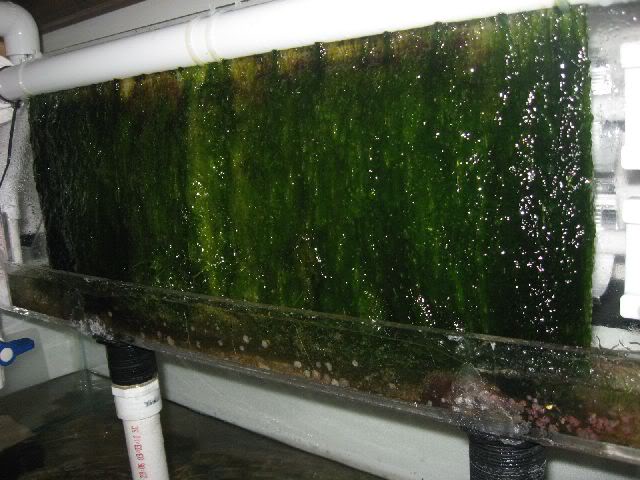
This is thicker and heavier growth than last week, and a day earlier. The growth is so thick that the water level at the bottom of the ATS box is up to the line where the front cover locks in. This is why I have to re-do my design!

